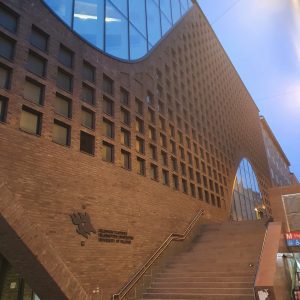Based on the theoretical work of IO1 and previous work done by some project partners, the design of a questionnaire on student teachers’ perceptions of coherence was initiated. The main aspects of the questionnaire were conceptual and structural coherence as well as the theory-practice gap with horizontal and vertical dimensions.
Based on the theoretical work of IO 1 (Mapping coherence) and previous work done by some project partners, the design of a questionnaire on students’ perceptions of coherence was initiated. The main aspects of the questionnaire were conceptual and structural coherence as well as the theory-practice gap with horizontal and vertical dimensions. The questionnaire comprised five main factors, like opportunity to enact practice, coherence between theory and practice, opportunity to analyze practice, vision of good learning, and self-efficacy. Due to this structure of the questionnaire, aspects can be expanded or omitted and thus adapted to different country’s circumstances. The first version of the questionnaire was designed in English and piloted among pre-service teachers and teacher educators via interview method. After this small-scale interview study, a revision was made. The last version of the questionnaire was designed in English and was sent to all partners in March 2022. Thus, the local surveys started in Spring 2022. The questionnaire has shown potential for measuring coherence during initial teacher education among preservice teachers and the importance of further national and comparative studies to support the development of European teacher education.
Results of the development and data collection process (https://link.springer.com/chapter/10.1007/978-3-658-43721-3_4) as well as on student teachers’ perceptions of coherence in different countries (Croatia, https://link.springer.com/chapter/10.1007/978-3-658-43721-3_5, Norway-Germany, https://link.springer.com/chapter/10.1007/978-3-658-43721-3_9) are now published in the edited volume.
Blog: ConnEcTEd

Coherence in European Teacher Education – Edited volume successfully published
The newly published edited volume on „Coherence in European Teacher Education: Theoretical Models, Empirical Studies, Instructional Approaches“ probably best represents the successful and longstanding collaboration of the ConnEcTEd project consortium. It offers a comprehensive look into the evolving and diverse landscape of teacher education across Europe.

Reisebericht: The ConnEcTEd team presents its work at the EARLI CONFERENCE 2023
The work of the ConnEcTEd team was once again successfully disseminated. At the biennial Earli Conference, resents the largest European conference dealing with the central themes of education, training, teaching and learning, the project team’s results were anticipated and discussed with great interest by the community.

Reisebericht: Tervetuloa helsinkiin – The ConnEcTEd team meets in Helsinki 2023
The ConnEctEd project team met in person again in May 2023, this time in beautiful Helsinki, Finland. The focus of the content work was, among others, the finalization of the work on the theoretical conceptualization of coherence (IO 1), which has been used as the basis for the various other content work and focal points since the beginning of the project.
Funding
This project received funding from the Erasmus+ programme of the European Union (Strategic Partnerships, KA 203).
The contents of this website and the view expressed in the news and publications are the sole responsibility of the authors and under no circumstances can be regarded as reflecting the position of the European Union.

